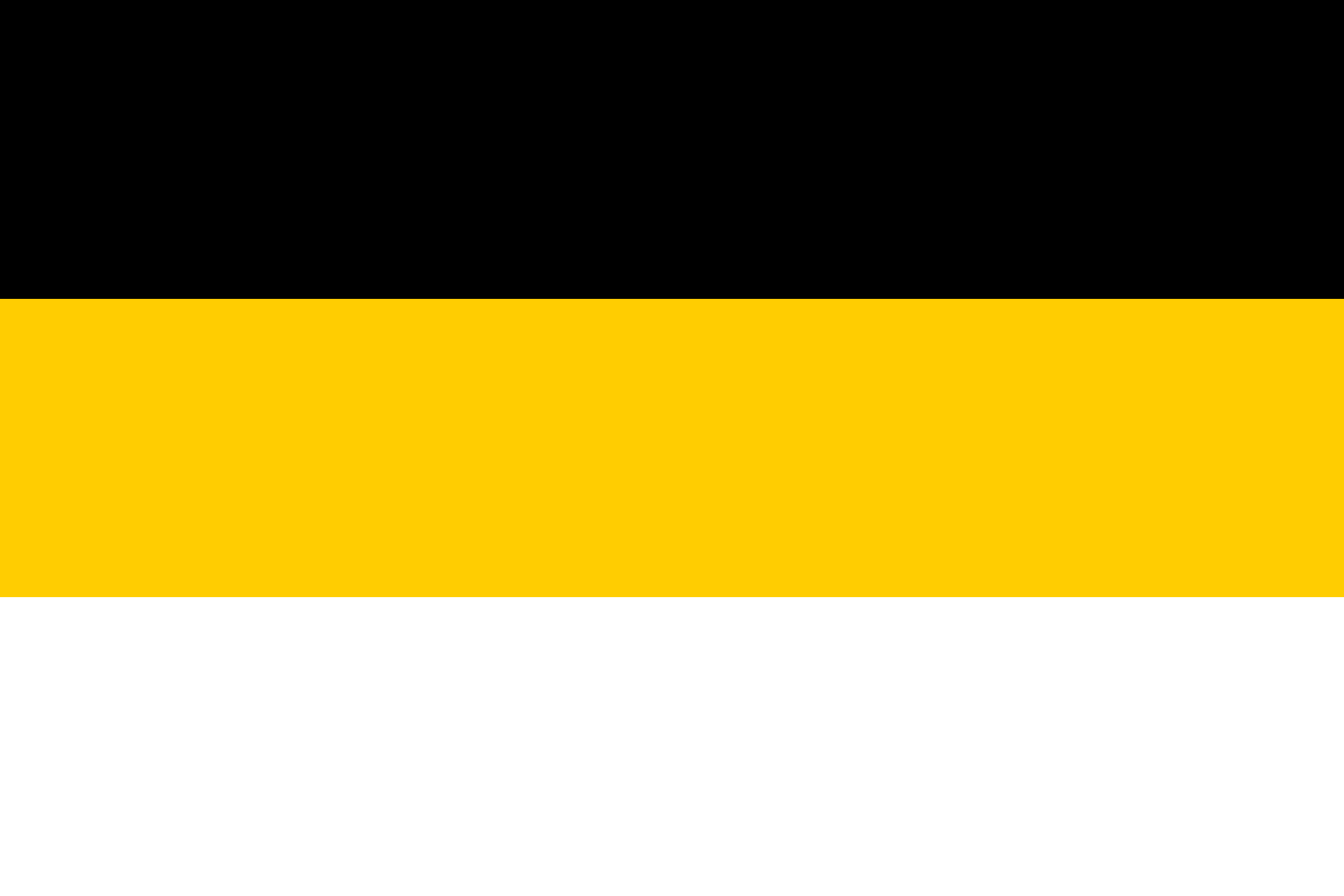Russian Empire (1721–1917): Difference between revisions
(Housing.) Tag: Visual edit |
(Health) Tag: Visual edit |
||
| Line 4: | Line 4: | ||
== Education == | == Education == | ||
The male literacy rate was 1–12% for rural areas and 20–25% for urban areas.<ref>{{Citation|author=Boris N. Mironov|year=1991|title=The Development of Literacy in Russia and the USSR from the Tenth to the Twentieth Centuries|chapter=|section=|page=234|quote=|pdf=|city=|publisher=History of Education Quarterly|isbn=|doi=10.2307/368437|lg=|mia=|title-url=|chapter-url=|trans-title=|trans-lang=}}</ref> The literacy rate for women was even lower and girls could not go to school.<ref>{{Citation|author=Nicholas V. Riasanovsky|year=2005|title=Russian Identities: A Historical Survey|chapter=|section=|page=112–18|quote=|pdf=|city=|publisher=|isbn=|doi=|lg=|mia=|title-url=|chapter-url=|trans-title=|trans-lang=}}</ref> | The male literacy rate was 1–12% for rural areas and 20–25% for urban areas.<ref>{{Citation|author=Boris N. Mironov|year=1991|title=The Development of Literacy in Russia and the USSR from the Tenth to the Twentieth Centuries|chapter=|section=|page=234|quote=|pdf=|city=|publisher=History of Education Quarterly|isbn=|doi=10.2307/368437|lg=|mia=|title-url=|chapter-url=|trans-title=|trans-lang=}}</ref> The literacy rate for women was even lower and girls could not go to school.<ref>{{Citation|author=Nicholas V. Riasanovsky|year=2005|title=Russian Identities: A Historical Survey|chapter=|section=|page=112–18|quote=|pdf=|city=|publisher=|isbn=|doi=|lg=|mia=|title-url=|chapter-url=|trans-title=|trans-lang=}}</ref> | ||
== Health == | |||
The first hospitals in Russia were established by Peter I in Moscow in 1706 and in Saint Petersburg in 1715 and were staffed by foreign doctors. Russia began training its own doctors in 1724 at the Academy of Science. Healthcare was not initially available to serfs and industrial workers. | |||
In 1884, with the introduction of the [[zemstvo]] system, health care became available in rural areas, but much of the population still received no medical care. In some areas, there was only one doctor per 40,000 people.<ref>{{News citation|author=Carlos Rule|newspaper=[[Stalin Society]]|title=Health in the USSR|date=2017-01-18|url=https://stalinsocietygb.wordpress.com/2017/01/18/health-in-the-ussr/|archive-url=https://web.archive.org/web/20220216095354/https://stalinsocietygb.wordpress.com/2017/01/18/health-in-the-ussr/|archive-date=2022-02-16|retrieved=2022-06-27}}</ref> | |||
== Housing == | == Housing == | ||
Revision as of 18:55, 27 June 2022
| Russian Empire Россійская Имперія | |
|---|---|
| 1721–1917 | |
|
Flag | |
| Capital and largest city | Saint Petersburg |
| Official languages | Russian |
| Dominant mode of production | Feudalism |
| Government | Monarchy |
• Last Emperor | Nicholas II |
| History | |
• Established | 1721 |
• Dissolution | 1917 |
| Area | |
• Total | 22,800,000 km² |
| Population | |
• 1897 census | 125,640,021 |
The Russian Empire was a semi-feudal monarchy that was proclaimed by Peter I in 1721 and overthrown in the February Revolution in 1917. Throughout its entire existence, it was ruled by the same family, the Romanovs. The Russian Empire included the area of modern-day Russia, the other Soviet republics, Finland, Alaska, and Poland. Most of the empire's territory later became part of the USSR, but Finland and Poland became independent after the revolution and Alaska was sold to the United States in 1867.
Education
The male literacy rate was 1–12% for rural areas and 20–25% for urban areas.[1] The literacy rate for women was even lower and girls could not go to school.[2]
Health
The first hospitals in Russia were established by Peter I in Moscow in 1706 and in Saint Petersburg in 1715 and were staffed by foreign doctors. Russia began training its own doctors in 1724 at the Academy of Science. Healthcare was not initially available to serfs and industrial workers.
In 1884, with the introduction of the zemstvo system, health care became available in rural areas, but much of the population still received no medical care. In some areas, there was only one doctor per 40,000 people.[3]
Housing
In Saint Petersburg in 1908, 60% of textile workers did not have their own rooms and slept in crowded barracks. The average proletarian family had only three square meters of floor space. In 1913, 58% of workers lived in company-owned accommodations with bunk beds.
In 1912, there were 24,500 small apartments in Moscow that housed a total of 325,000 people, or more than 13 people per apartment. The nobility and bourgeoisie lived in large mansions and villas, often with hundreds of square meters of space per resident.
Only 3% of houses were connected to sewage systems and only 5% of urban homes had electricity.[4]
References
- ↑ Boris N. Mironov (1991). The Development of Literacy in Russia and the USSR from the Tenth to the Twentieth Centuries (p. 234). History of Education Quarterly. doi: 10.2307/368437 [HUB]
- ↑ Nicholas V. Riasanovsky (2005). Russian Identities: A Historical Survey (pp. 112–18).
- ↑ Carlos Rule (2017-01-18). "Health in the USSR" Stalin Society. Archived from the original on 2022-02-16. Retrieved 2022-06-27.
- ↑ "Housing in the USSR" (2017-01-13). Stalin Society. Archived from the original on 2022-03-30. Retrieved 2022-05-20.

